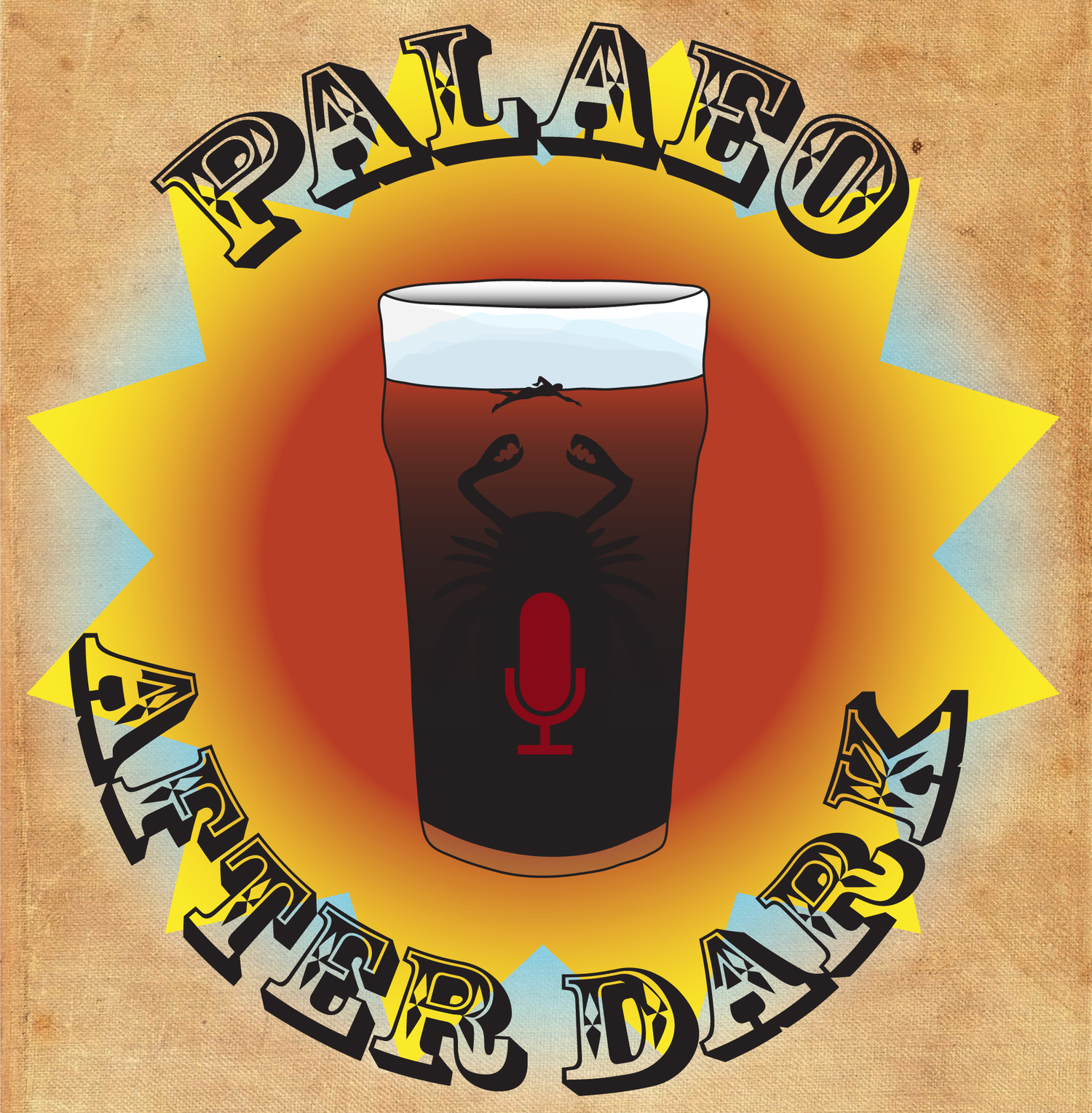Podcast 179 - Pollinators and Begging Grubs; Studies of Insect Behavior
/The gang discusses two papers on insect behavior, one fossil study and one modern study. The fossil study illustrates a cool example of how amber can help us to understand the evolution of pollination throughout Earth history. The modern paper investigates how bury beetles care for and communicate with their young. Meanwhile, James’s computer lives in the past, Amanda has to deal with cat-nap related choices, Curt has his honor besmirched, and everyone is a little overwhelmed by how little people care about invertebrates.
Up-Goer Five (Amanda Edition):
Today our friends talk about small things with six legs. Some of these small things with six legs go to green things with pretty colored bits and take their tiny baby parts, and take them to other green things with pretty colored bits. It might be that a long time ago, when green things with pretty colored bits were new, that small things with six legs and sort of hard parts over their flying parts were the ones that took the tiny baby parts of green things with pretty colored bits to other green things with pretty colored bits. The paper shows a small thing with six legs and sort of hard parts over their flying parts carrying tiny baby parts of green things on its body. That means that these small things with six legs and sort of hard parts over their flying parts helped these green things with pretty colored bits make more green things with pretty colored bits, but also that they ate the tiny baby parts. The other paper has different small things with six legs, and their babies. Their babies will ask the old small things with six legs for food. If they do not, they die. But if they ask too much, they also die, This paper takes away the old small things with six legs and shows babies will do nothing but ask for food and die.
References:
Bao, Tong, et al. "Pollination of Cretaceous flowers." Proceedings of the National Academy of Sciences 116.49 (2019): 24707-24711.
Takata, Mamoru, et al. "A Parental Volatile Pheromone Triggers Offspring Begging in a Burying Beetle." iScience 19 (2019): 1260-1278.

















